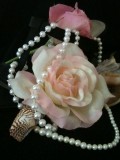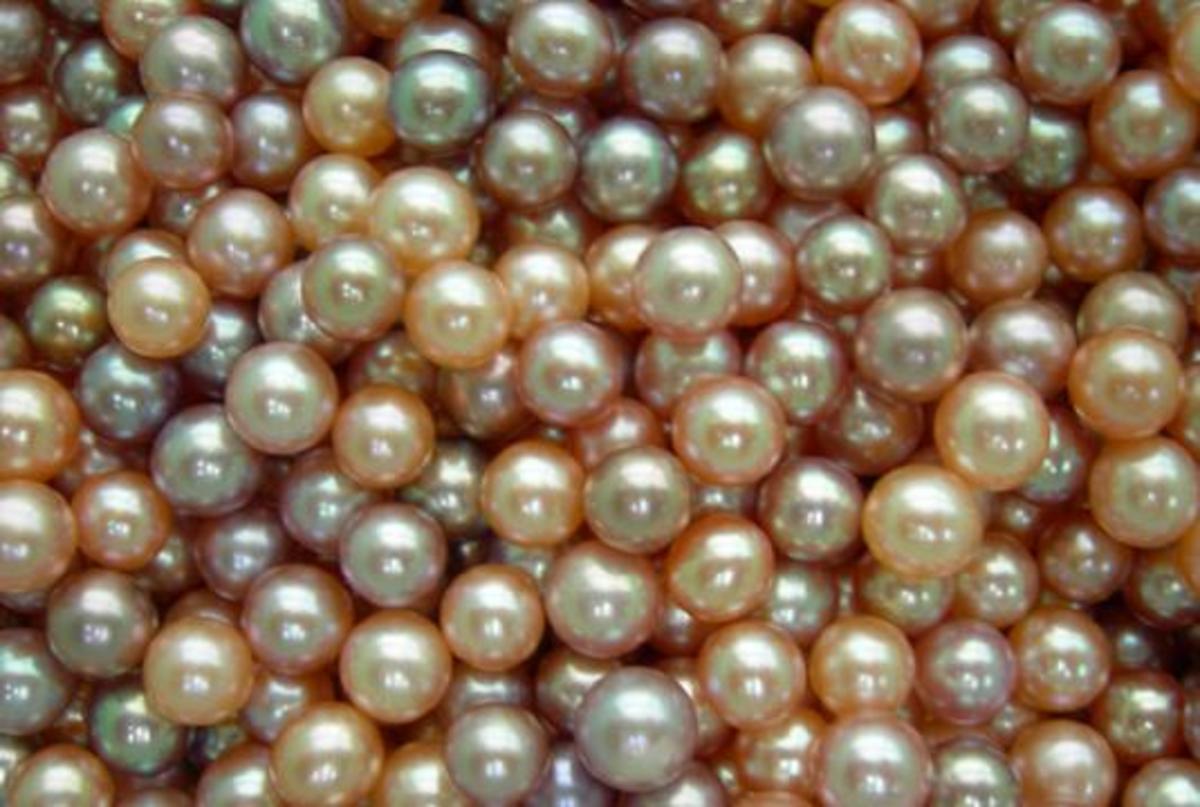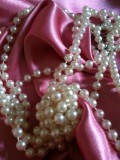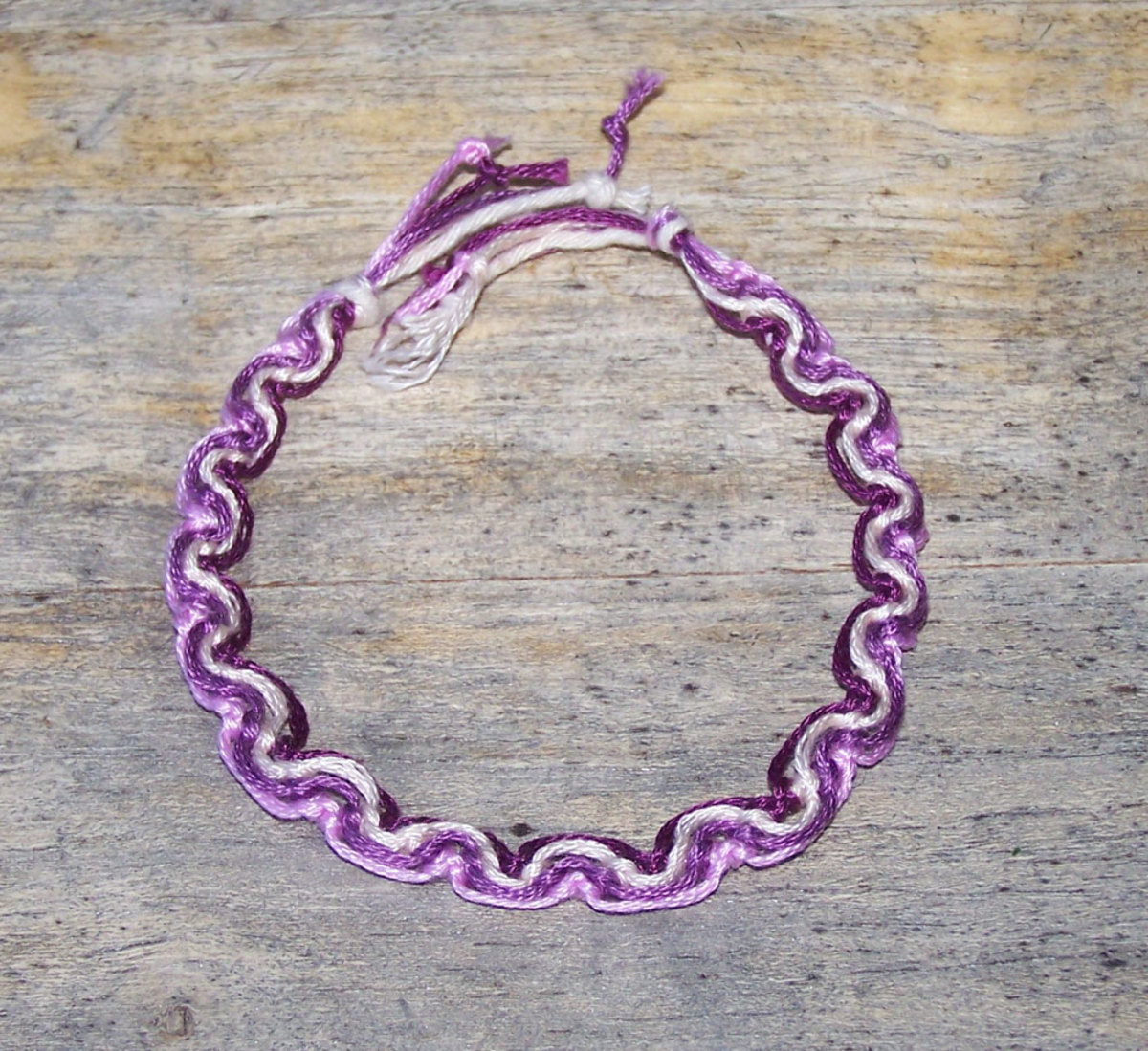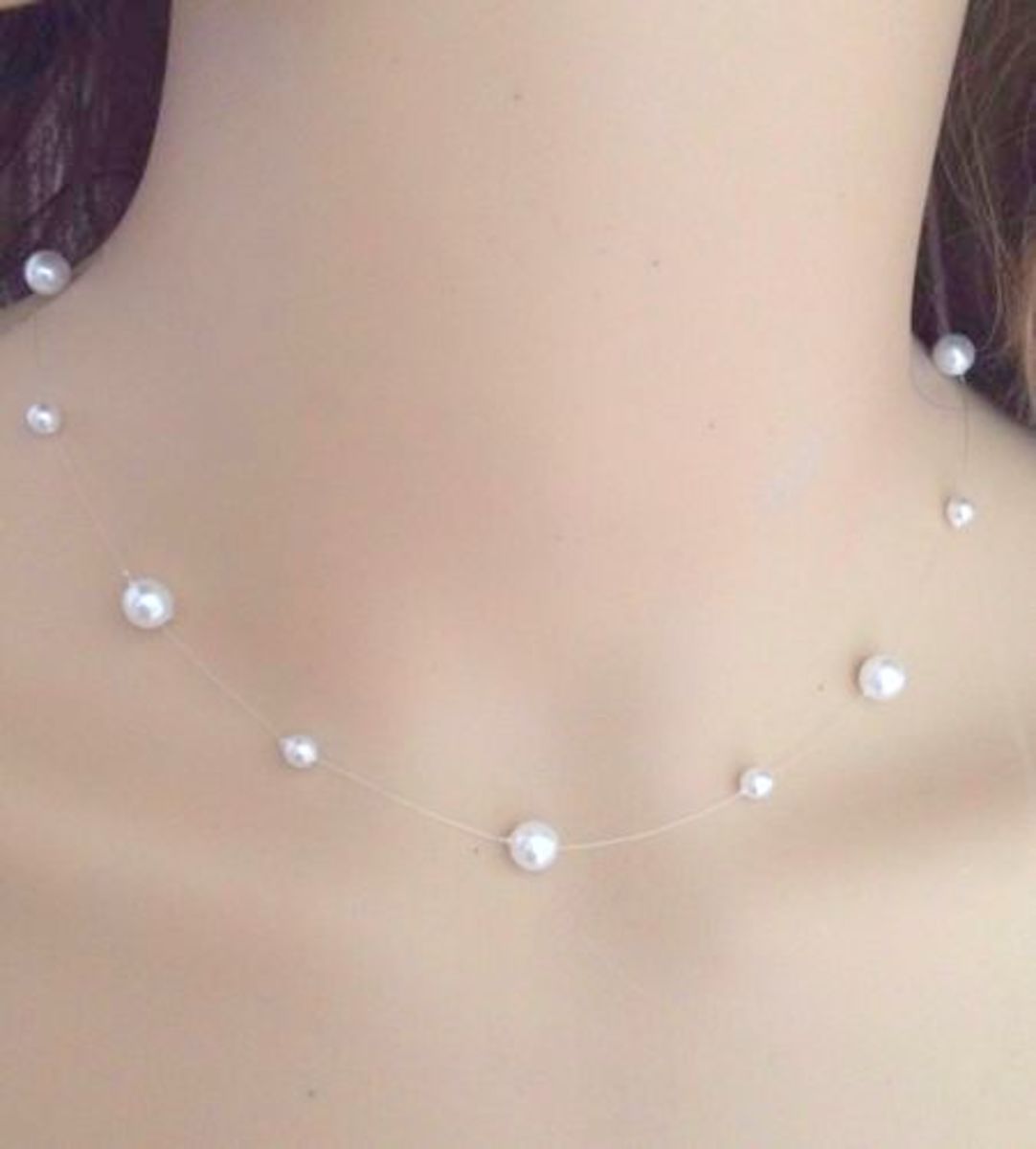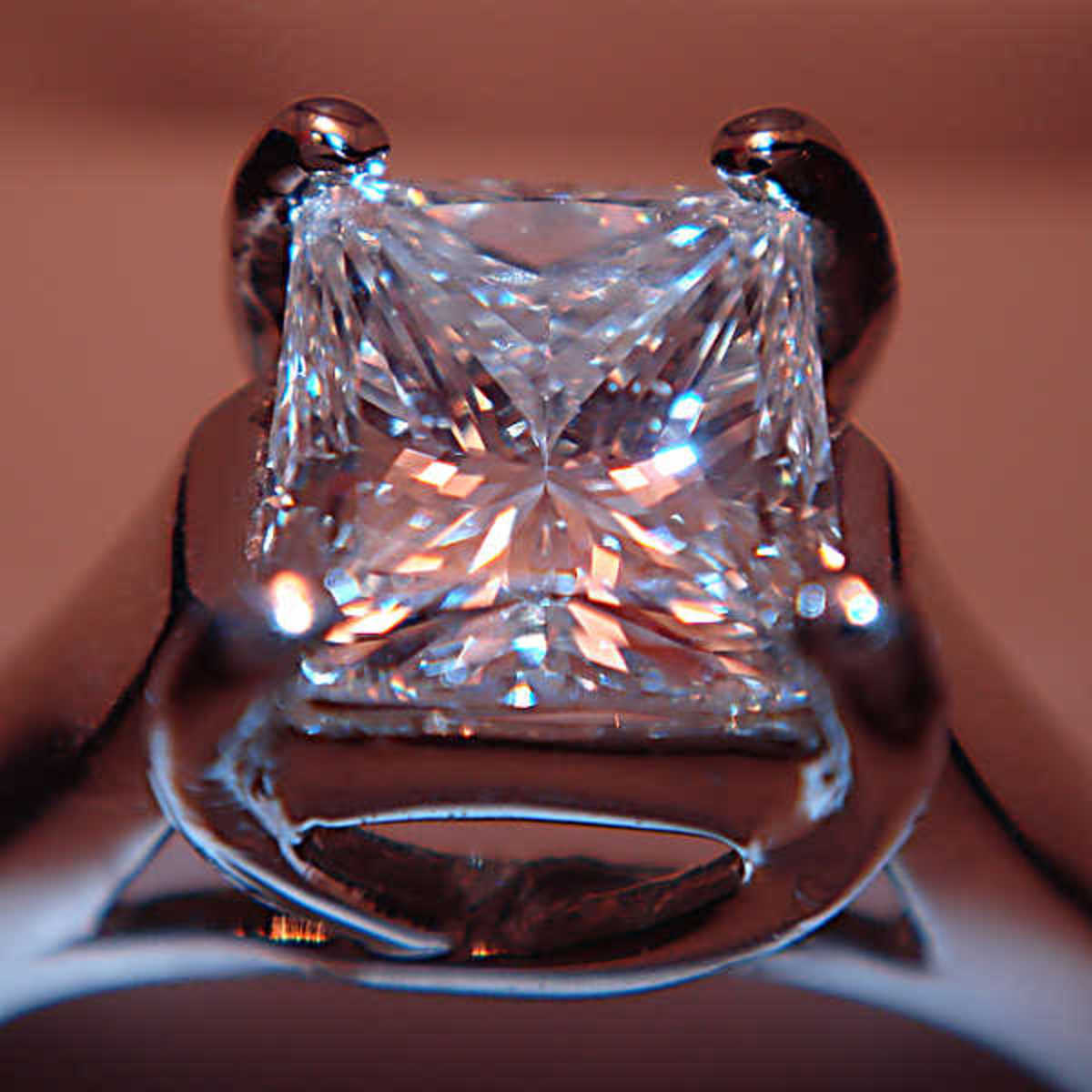Pearl Rings Guide
Pearls have long been a sign of elegance and beauty. The round, smooth, slightly iridescent appearance of the pearl makes for a rare stone valued my many. In this day and age, pearls come in many types and colors, and make for a lovely centerpiece to any ring. Here is a short guide on how to select the right pearl rings to wear, and the choices you have available to you.
Background on Pearl Formation
As you probably know, pearls are formed when an irritant enters a mollusk’s (oyster or mussel) body. The foreign body in a natural pearl is usually a grain of sand or something just as small, while a cultured pearl is usually formed with something larger like a ball bearing. To deal with the irritant, the mollusk forms a layer of nacre (which is also found on the inside of their shells) to wrap around the irritant. Layers after layers forms until a pearl is produced. Because of the circumstances needed for a mollusk to make a pearl, natural pearls are rare. Cultured pearls, on the other hand, are cultivated by man, who purposefully put an irritant into a mussel or oyster so that it creates a pearl.
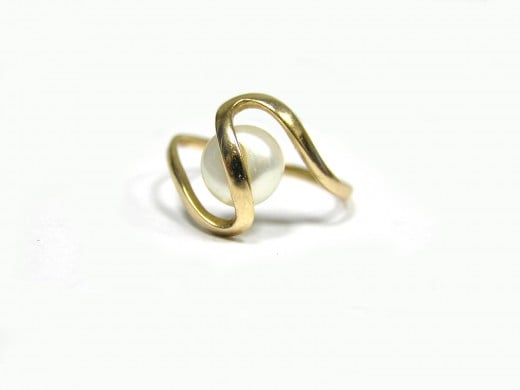
The Types
Natural pearls are most rare. Most pearls sold today are cultured pearls. Pearls are either freshwater or saltwater. Saltwater cost more than freshwater because of the techniques used to make them, but they tend to be of higher quality and luster than freshwater pearls. There are button pearls which look like buttons, and coin pearls that are flat, and come in different sizes and color due to what mollusk is used to grow them and the environment in which they are grown. Examples of such are Akoya pearls and Black South Sea Tahitian Pearls. Akoya pearls tend to be smaller while south sea pearls tend to be large and naturally dark in color. Pearls also come in white, gold, cream, blue, green, rose, black, and even rainbow – although rainbow ones are the rarest form, and thereby the most valuable.
Choosing a Pearl
When choosing a pearl, the pearl should be bright and have a luster about it, to the point of being able to see your reflection. Anything that is dull, chalky, or just plain white is a pearl of low quality. There shouldn’t be any bumps, cracks, or spots on it. Round pearls are considered the most valuable. Because the shape of a pearl comes from an organic source, each pearl has a different shape to it, though the round ones are the most valued. Of course, there are also imitation pearl. So if question is "how to tell if pearls are real," you may want to perform a “tooth rubbing” test. Rub the pearl against your tooth – if it’s smooth, it’s not a real pearl. The nacre should have a rough texture to it when rubber on a tooth. Some people wonder, "do real pearls yellow with age?" The answer is yes, they do - as the natural components in nacre break down, pearls will lose their luster of a few decades. So don't take a yellowing pearl as proof that it's fake - it's actually the unfortunate side affect of this natural precious stone.
Another process you should be aware of is how to test for if a pearl is truly a natural pearl or if it’s cultured. As natural pearls cost more, you could ask to have your pearl x-rayed in order to verify it’s natural. A natural pearl would be completely layered in nacre while a cultivated pearl would have a thin layer of nacre on it. Also, you may want to ask if your pearl has been treated with beeswax, as it can affect the luster.
Setting your Pearl
The beauty about pearl rings is the many ways they can be set. It’s because of this that we are seeing more and more pearl engagement rings. Also, with the variety in colors nowadays, pearls can be enticing to most styles and most ages. The band can come in gold, silver, white gold, or platinum. One nice choice is a black pearl ring in a silver band. There is a number of choices when placing it on the band, from having it place alone with an intricate design on the band, or placed with gems or even diamonds surrounding the pearl as a centerpiece. Another idea is a mother of pearl ring. Mother of Pearl, which would be the inside of the shell of the oyster, is often flat and can be set in a variety of designs. One idea to celebrate the beauty of being female as well as the beauty of pearls, combine pink akoya pearls with your favorite band.
Pairing Your Pearl Ring
Probably the best items to pair a pearl ring with are other pearls! Black pearl earrings are a beautiful accoutrement to your pearl ring, as well as a pearl necklace - be it a string of pearls or a tincup pearl necklace! Or if pearl rings aren't your cup of tea, you might want to try a puzzle ring. Or if you don't like pearls, you might want to make a ring out of the yellow diamond.
Depending on what you want your pearl ring to represent, you hopefully have the ability to choose the best pearl rings.
If you liked this hub, feel free to check out some other hubs to accentuate your pearl rings with:
- Finding the Right Ruby Necklace
Of all the precious stones in the world, rubies may be the most beautiful, even more so than diamonds. These stones with their bright... - Amber Earrings Information
Amber is prized the world over. In cultures and communities around the globe, this natural material is used to make some of the... - Heart Jewelry Information
The heart is a symbol of love. When we see a heart, whether made of paper, wood, metal, precious stones, or anything else... - Beautiful Gold Pendants
If there is one thing about gold, it is that it never goes out of style. In fact, this is why it is used as currency or the basis... - The Beauty of Cross Necklaces
There is something very personal about cross necklaces. They are a symbol of your personal faith and your dedication...


